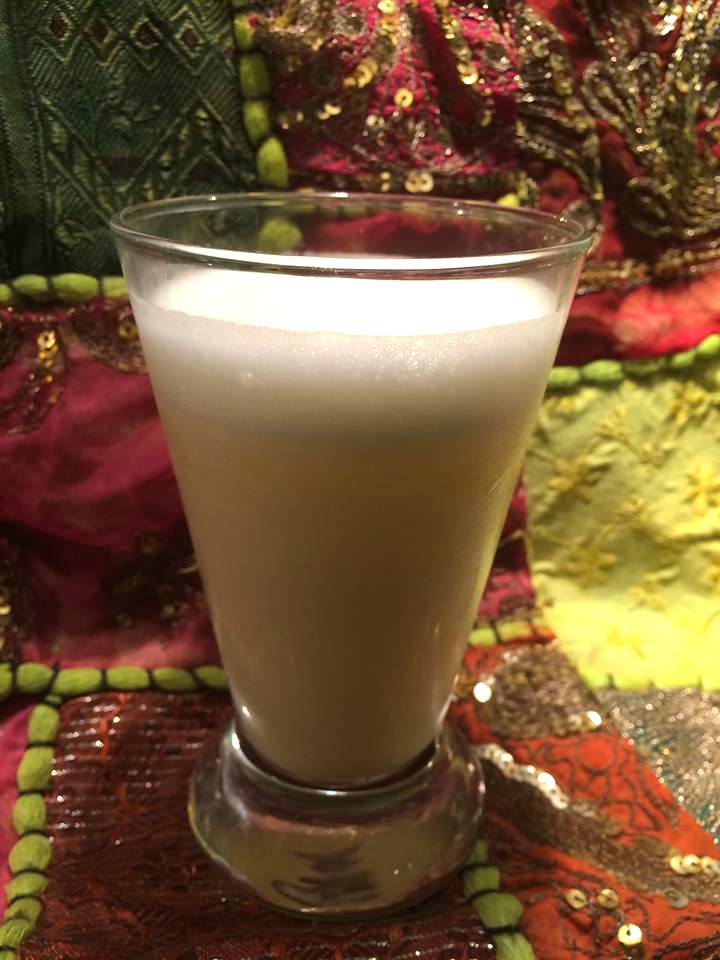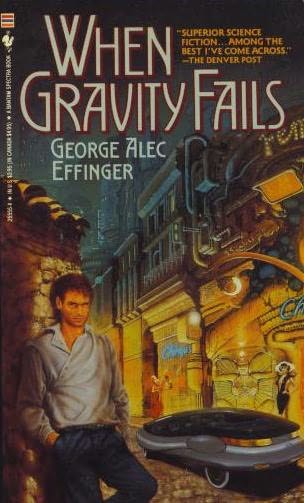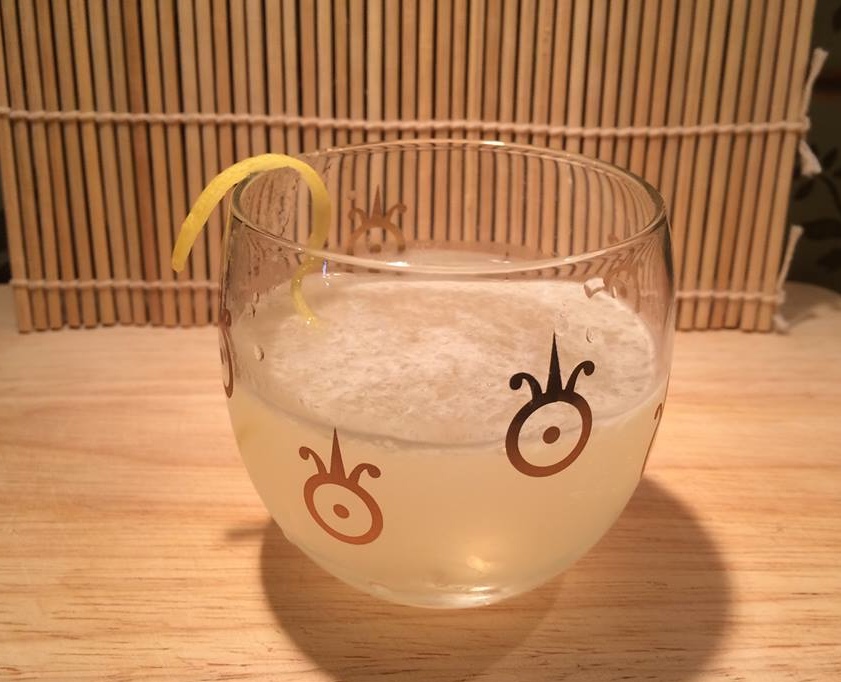A memorable setting can make an already good novel positively sublime.
Take, for example, George Alec Effinger’s 1987 cyberpunk classic When Gravity Fails. While Effinger’s sharp, Chandler-inspired prose and well-drawn characters succeed on their own, the book’s Middle Eastern setting remains one of its most endearing features and something that set it apart from the flood of Gibson- and Sterling-inspired sf that flooded bookshelves at the time.
Gravity takes place in the Budayeen, a gritty-yet-glamorous criminal quarter of an unnamed Middle-Eastern city. It’s the 22nd Century and the Arab World is ascendant while the old Western superpowers have fallen into Balkanized disarray.
Enter Marid Audran, a youthful freelance fixer who prefers his wits to a weapon. The Budayeen’s 200-year-old godfather drafts Audran to track down a serial killer. The madman is terrorizing the ghetto, driven by bootlegged cartridges that plug into his brain and feed him the personalities of seasoned killers from James Bond to a sadistic torturer named Khan.
Audran soon learns his subtle approach may not work against this new adversary. His wits-alone code gets its ultimate test when he’s forced to get his own implants before the final showdown.
Gravity is a dirty, dangerous ride and Effinger wisely leads with his setting. The opening lines reel us in with the promise of peril:
“Chiriga’s nightclub was right in the middle of the Budayeen, eight blocks from the eastern gate, eight blocks from the cemetery. It was handy to have the graveyard so close-at-hand. The Budayeen was a dangerous place and everyone knew it.”
Effinger’s descriptions of the Budayeen are so vivid, I was surprised to learn he wasn’t a seasoned traveler to the Middle East. Turns out, he modeled the district on his home town of New Orleans. While his sensory descriptions lend a similar seaminess, Effinger’s use of the Arab world’s intricate rituals of conduct, its religious details and ethnic tensions ultimately provide the greatest level of authenticity.
Of course, it’s best to explore any red light district, real or imagined, with a drink in hand. May I suggest this week’s cocktail: the Budayeen.
The Budayeen riffs on the Ramos Gin Fizz — a famous concoction from Effinger’s home town — by incorporating cinnamon and black walnut flavors to the orange blossom water for a Middle Eastern twist.
It’s like drinking boozy baklava. And far safer than anything served up at Chiriga’s.
THE BUDAYEEN
1 1/2 oz. gin
1 Tbsp. cinnamon-infused simple syrup (See recipe)
1 oz. fresh lemon juice
1 fresh egg white
1 oz. heavy cream
1/4 tsp orange flower water
3-4 drops black walnut bitters
1 oz. club soda, chilled
Combine all ingredients except the club soda in a shaker without ice and shake to combine. Add a generous number of ice cubes and continue shaking for another minute or two. Strain into a glass and top with club soda. Stir and serve.
CINNAMON SIMPLE SYRUP
1/2 cup sugar
1/2 cup water
1 cinnamon stick
Bring the sugar and water to a boil over medium heat. Add the cinnamon stick and let it continue to boil for a minute or so. Remove from heat and continue to steep for an hour or so. Cool and remove the cinnamon stick. It keeps refrigerated for up to a month.



